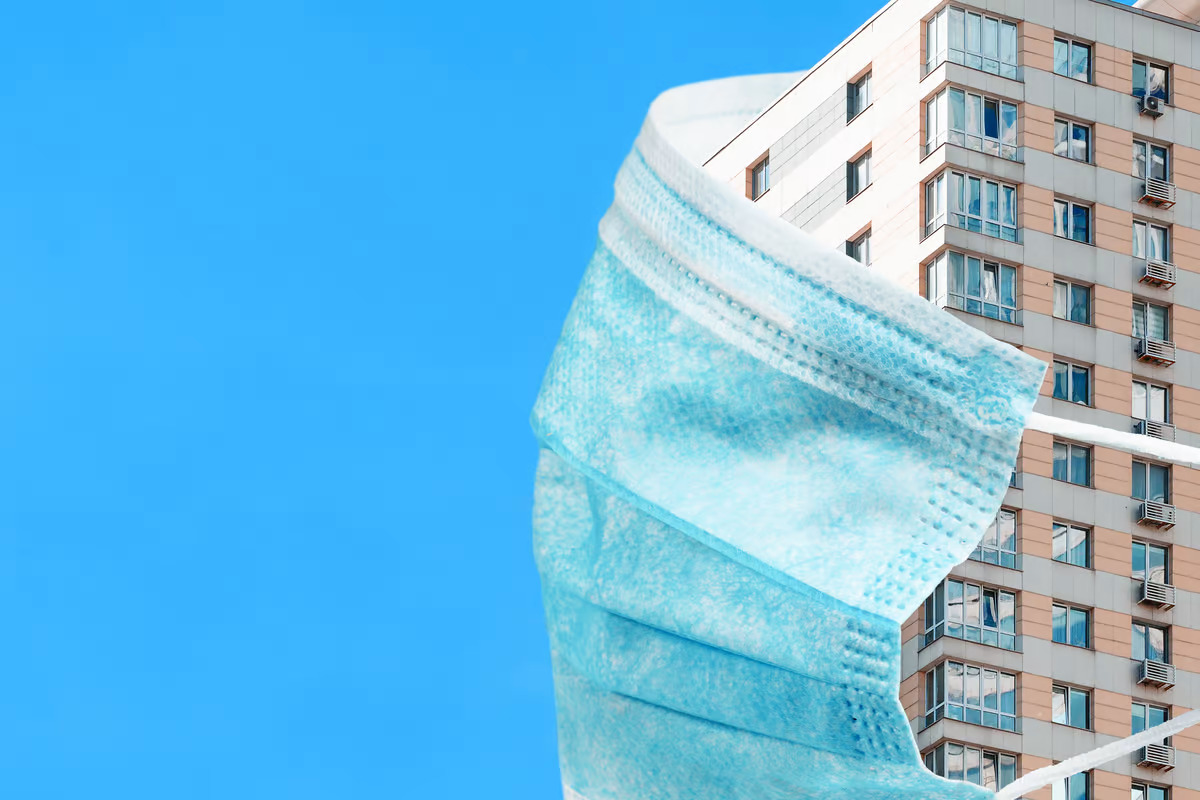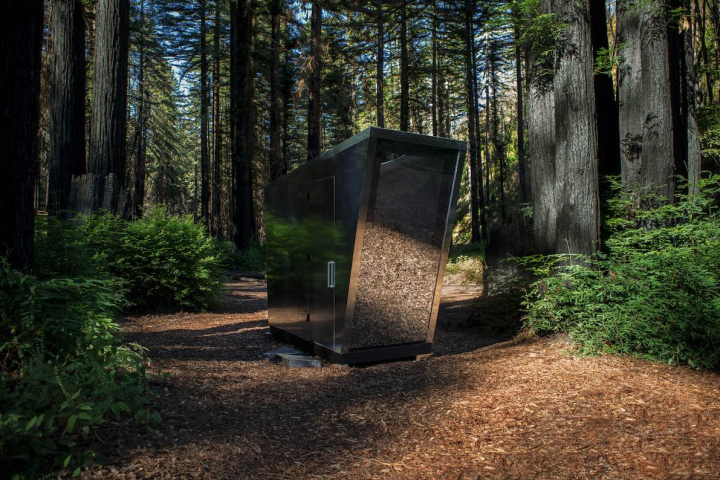 The case study found structural deficits in the building contributed to airflow, and subsequent COVID infections, between non-adjacent rooms on different floors. Depositphotos
The case study found structural deficits in the building contributed to airflow, and subsequent COVID infections, between non-adjacent rooms on different floors. Depositphotos
–
Perhaps the most significant shift in thinking regarding this novel coronavirus since the pandemic began has been around how viruses spread from one person to another. Back in early 2020, soon after SARS-CoV-2 first emerged, the traditional paradigm was these kinds of viruses spread through respiratory droplets. Hence all the early pandemic messaging was focused on how we should wash or sanitize our hands and keep six feet away from others.
But as time passed, and case studies of infection clusters began to emerge, it became quickly clear that SARS-CoV-2 has the propensity to spread through the air across large distances. By 2021 scientists described the evidence for airborne spread as “overwhelming.” Nevertheless, entrenched paradigms are slow to change, and even now, nearly three years into the pandemic, there are still debates over how prevalent aerosol transmission is for SARS-CoV-2.
A new case study, published in a journal managed by the US Centers for Disease Control and Prevention (CDC), offers some of the strongest evidence to date of long-distance SARS-CoV-2 aerosol spread. The report looks at a trio of COVID cases from December 2021, in a Taiwan quarantine hotel.
All three cases tested positive to a PCR test after finishing their 10-day quarantine hotel stay. During their hotel stay they lived in nonadjacent rooms, with one of the cases on the floor above the other two cases. Genomic testing linked all three cases with one another so it was clear the infections took place in the hotel, and the primary case was suspected to be a guest arriving from the US.
So, how did one person infect two other people in different rooms and on different floors of the same hotel?
A team of researchers set out to study the architecture of the hotel in granular detail. The primary case’s room (510) was found to have spaces in the walls and ceiling that connected airflow to other rooms in the building, in this instance to room 503 and to 611, on the floor above.
“We found truncated pipes above the ceiling in the room 510 bathroom, which might have connected to room 610, and a residual tunnel above the ceiling that might connect room 610 to room 611,” the researchers explained in the study. “A residual tunnel in the same location was also found in the middle of room 510 and room 511, and another tunnel connected room 511 and room 503.”
This all suggested plausible routes of airflow between the non-adjacent rooms, but to actually test whether aerosols could move this way the researchers conducted a tracer-gas experiment. Ethanol was used as the tracer, and released from the primary case room. Within minutes, traces of ethanol aerosols were detected in both secondary case rooms, including the room on the floor above.
The researchers are cautious to stress ethanol molecules are smaller than virus particles so they can’t be considered a direct proxy for viral aerosol transmission. However, what this tracer test does reveal is structural defects in the building confirming aerosol movement between distant rooms.
“The Omicron variant is highly transmissible, so aerosol transmission was the most plausible route in this investigation of what we determined to be a poorly ventilated quarantine hotel,” the researchers concluded in the study. “The special setting of this and other quarantine hotels (that is, facilities used to place persons in closed and separated rooms) provided a unique opportunity to see that the highly transmissible Omicron variant can cause infections between floors and through wall defects.”
This new case study is certainly not the first epidemiological report looking at the possibility of SARS-CoV-2 transmission from room to room in a large building. Some earlier reports have even studied transmission between floors of a building potentially through drains and sewer pipes. What this case study does highlight is how potent and widespread SARS-CoV-2 aerosol transmission can be, particularly in badly ventilated apartment buildings.
The new report was published in Emerging Infectious Diseases.
–























